#Caniformia
Explore tagged Tumblr posts
Text
Taxonomy Tournament: Mammals


Chiroptera. This order is made up of bats, the only mammals capable of self-powered flight. It is the second-most speciose order of mammals, with over 1400 species.
Caniformia. This suborder of Carnivora contains dogs, foxes, bears, otters, badgers, raccoons, skunks, seals, and walruses.
#animals#biology#polls#poll tournament#zoology#Animal Tournament Round 4#bats#mammals#tetrapods#dogs#foxes#bears#badgers#raccoons#skunks#Chiroptera#Caniformia#0x0v0x1
274 notes
·
View notes
Text


North American River Otter (Lontra canadensis) - (c) SaritaWolf - please do not repost
33 notes
·
View notes
Text
ive found another beast with an Exceptional shape. this is a white nosed coati and they have such snoots...

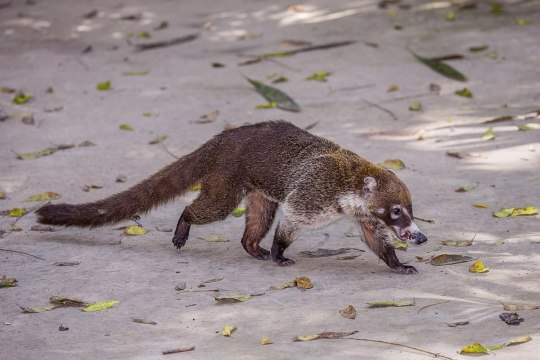
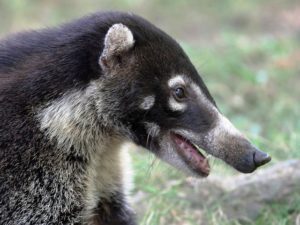
#&c.#chatter chatter#🎸🦈#white nosed coati#coatimundi#coati#caniformia#mammalia#mammals#animals#zoology
9 notes
·
View notes
Text
even before finding out about the Caniformia suborder, most people, like, know it exists. it makes sense. everyone already understands that bears and seals and ferrets are breeds of dog
17 notes
·
View notes
Text
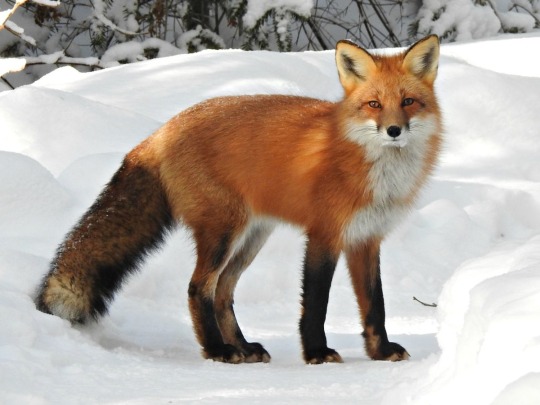
Red fox
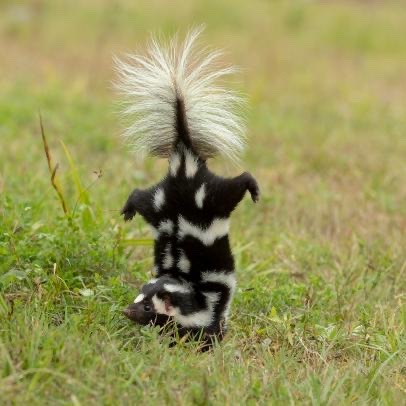
Spotted skunk
23 notes
·
View notes
Link
WWF Wildlive – Baltic ringed seal
#Yle.fi#Suomi#Finland#South Finland#West Finland#Baltic sea#Baltic ringed seal#Live stream#Norppalive#Pusa hispida botnica#Pusa hispida#Pinnipeda#Pinnipeds#pohjanlahdennorppa#Phoca hispida botnica#Mammalia#Phocidae#Carnivora#Caniformia
3 notes
·
View notes
Note
Were there any saber tooth extinct guys on the dog side of things?
interestingly enough, caniformia as a suborder seems to be notably lacking in any saber-toothed representatives. though i can’t find any research specifically into this topic, i do have my own hypothesis as to why, and it hinges on two major points:
first has to do with the basal morphology of the lineage; in general, caniformia tend to lean toward smaller and more numerous teeth. relative to skull size, most caniforms have relatively short, thin canines. this means that, evolutionarily speaking, they simply have less to work with in regards to expressing a saber-toothed phenotype.
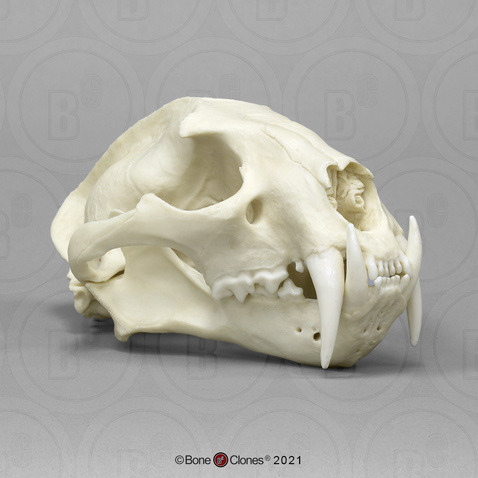
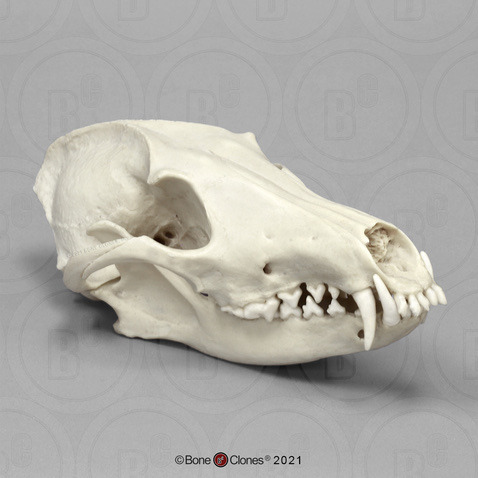
^chad felid fangs vs virgin canid fangs
it would take a lot more evolutionary innovation to turn the average caniform canine tooth to what we would consider a saber, so without incredibly intense selective pressure, it wouldn’t be likely to occur.
which brings me to point number 2; there isn’t really any selective pressure for caniforms to develop huge canines, since the saber-toothed phenotype wouldn’t actually be that beneficial for most caniform animals. this is because the saber-toothed build synergizes best with ambush predators that need to kill large prey quickly. sabers can deliver massive damage in a single strike, but are generally very fragile and so using them recklessly on moving targets often ends in a permanently broken tooth.
if we look at the way that caniforms like canids hunt, they are generally persistence predators without the strength needed to physically restrain an animal for a kill strike. rather, they rely on accumulative damage done by multiple bites over the course of a chase in order to bring down large animals. with this strategy in mind, very thin, fragile, and unwieldy saber teeth simply would be more of a liability than an advantage.
on the ursidae side of things, we see primarily generalist omnivorous animals that generally don’t hunt things bigger than themselves (even the hypercarnivorous polar bear only eats seals, which are much smaller than the bears themselves), so gigantic saber teeth are simply not necessary. the same could be said for mustelids, pinnipeds, and procyonids, which trend toward the small-to-medium generalist lifestyle.
if saber teeth are a very specialized strategy developed specifically for dispatching massive prey quickly, then no caniforms really have a lifestyle that would call for such an adaptation. likely because feliforms took a stranglehold on the ambush predator niche as soon as they appeared, and as of now have not let go of it yet. as cool as it would be to see a saber toothed dog or bear or raccoon, the sad truth is that it wouldn’t work logistically :(
4 notes
·
View notes
Text
Raccoon (Procyon lotor) – Washing Puppy

🦝🇮🇹
The raccoon (Procyon lotor), also spelled racoon, mapache, washbear, and sometimes called the common raccoon or northern raccoon to distinguish it from the other species, is a mammal native to North America.
Physiology
The animal's most distinctive features include its extremely dexterous front paws, its facial mask, and its ringed tail, which are common themes in the mythologies of the Native Americans in North America (from Iroquois, Tuscarora, Abenaki, Powhatan, Cherokees, Navajo, Mayans, to Aztecs) surrounding the species, including from Latin American to Anglo American cultures.
Reference
https://en.wikipedia.org/wiki/Raccoon
https://m.youtube.com/watch?v=kKL20WFmVrw
youtube
#ognimdo2002#earth responsibly#science fantasy#earth#ibispaint art#art ph#ibispaintx#raccoon#procyonidae#procyon#mammal#synapsid#carnivoran#caniformia#washbear#Youtube
1 note
·
View note
Text
I don't remember having a phantom tail before, typically it is my maw that I feel. However, today when I woke up I felt it, and it kind of itched and I couldn't fix it. Strange. Good Strange.
#otherkin#therian#alterhuman#therianthropy#nonhuman#otherkin community#dragonkin#dragon otherkin#canine theriotype#caniformia kin
92 notes
·
View notes
Text
Taxonomy Tournament: Mammals
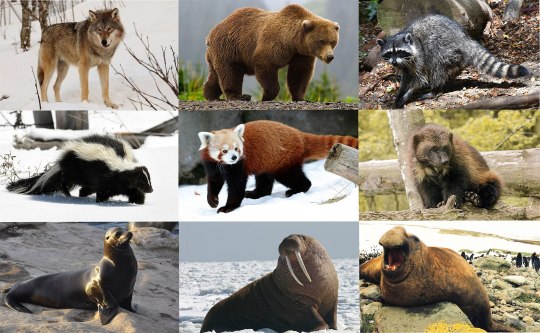
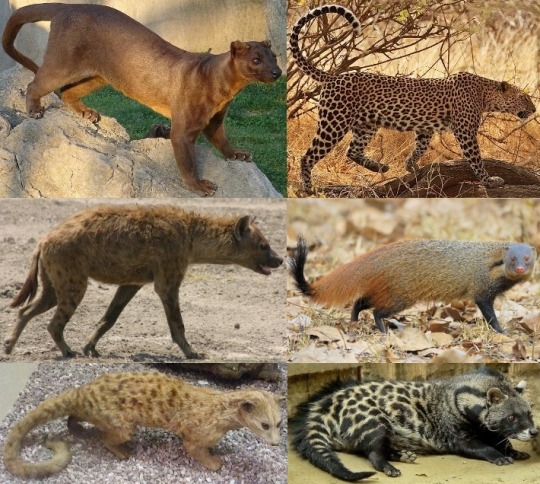
Caniformia. This suborder of Carnivora contains dogs, foxes, bears, otters, badgers, raccoons, skunks, seals, and walruses.
Feliformia. This suborder of Carnivora is made up of the felines, as well as hyenas and mongooses.
#animals#biology#dogs#foxes#bears#otters#raccoons#seals#mammals#tetrapods#cats#lions#mongooses#hyenas#Caniformia#Feliformia#0x1fv0xe0#animal tournament#Animal Tournament Round 1
224 notes
·
View notes
Text




California Sea Lion pup (Zalophus californianus) - (c) SaritaWolf - please do not repost
8 notes
·
View notes
Text
I'm trans masc in the same way a raccoon is a dog.
Like, sure, I guess, if we are looking at this in a taxonomy / cladistics kinda way, I guess.
#raccoons are in caniformia#aka looks like dogs#is it a dog? no. not really.#but like. almost?#like how your cousins wife who youve met twice is technically your family member.#its.like. sure. i guess.
2 notes
·
View notes
Text

Arctic fox
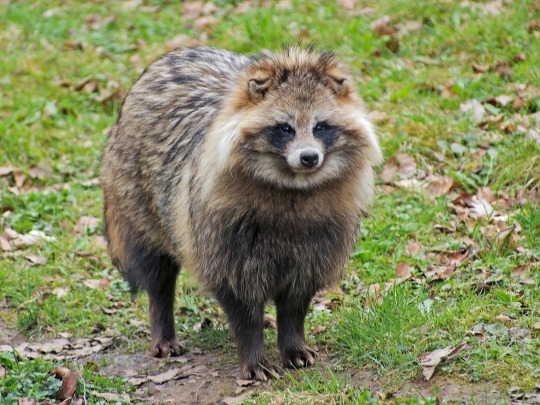
Raccoon dog
25 notes
·
View notes
Text

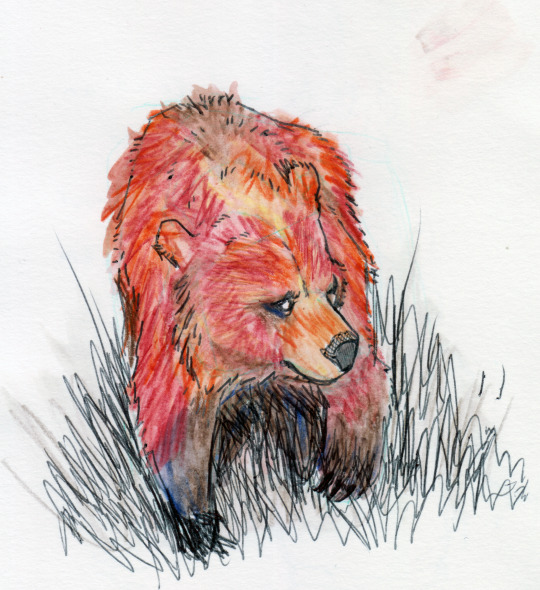
Couple of quick sketches
3 notes
·
View notes
Video

Fun fact! Meerkats are in the same phylogenetic family as mongooses. They are part of the Feliform grouping, which includes felines, hyenas and viverrids (look them up they're great), as opposed to the Caniform grouping, which includes mustelids, such as the weasel
“When you are wildlife photographer the goal is to blend in with your surroundings so that you don’t scare off the animals”
(via)
#btw i am not trying to be antagonistic or something#i just recently learned a lot about phylogenetics and would like to share some facts#also forgot to mention. both feliformia and caniformia are part of carnivora
39K notes
·
View notes